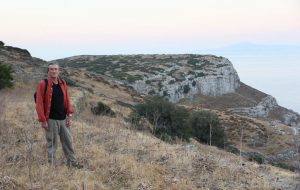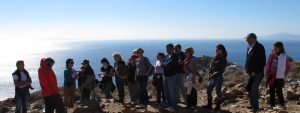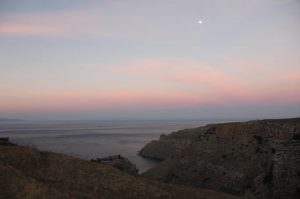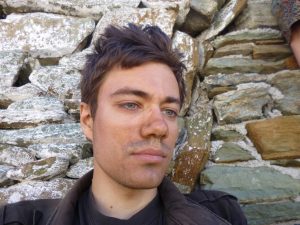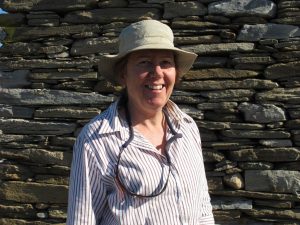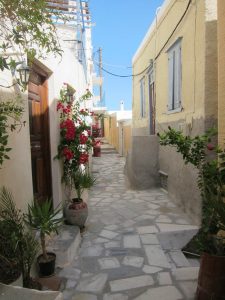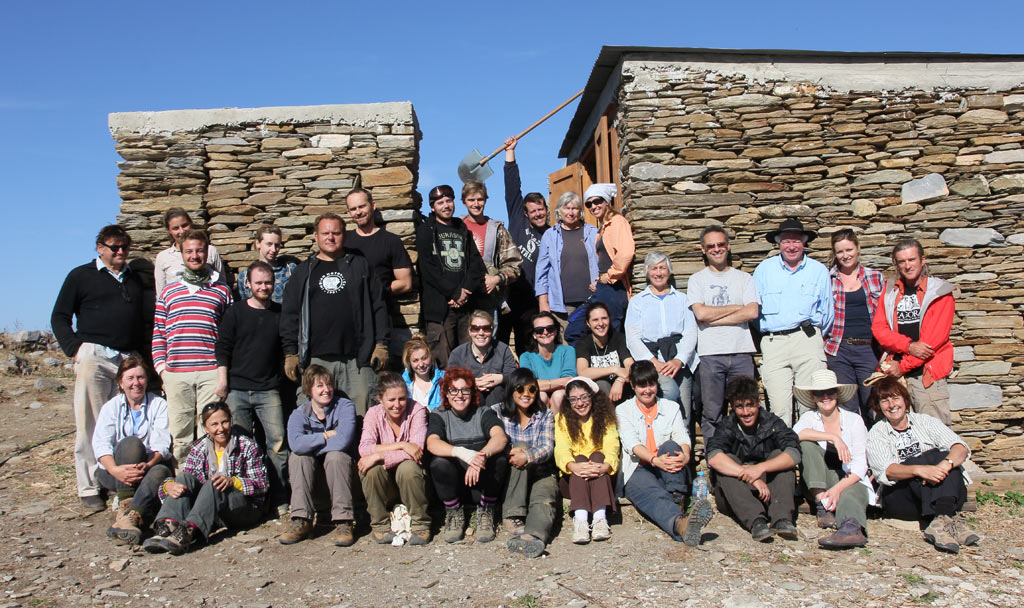by Dr Peter Londey
Classics and Ancient History, School of Cultural Inquiry
Australian National University
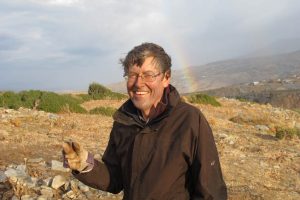
So there I was, genteel historian of ancient Greece (I am a lecturer at the Australian National University), kneeling among the rocks of Zagora, dust and dirt being blown over my face, in my eyes, in my hair, while I scratched the ground with my brand new Battiferro trowel, wondering why exactly I was there.
